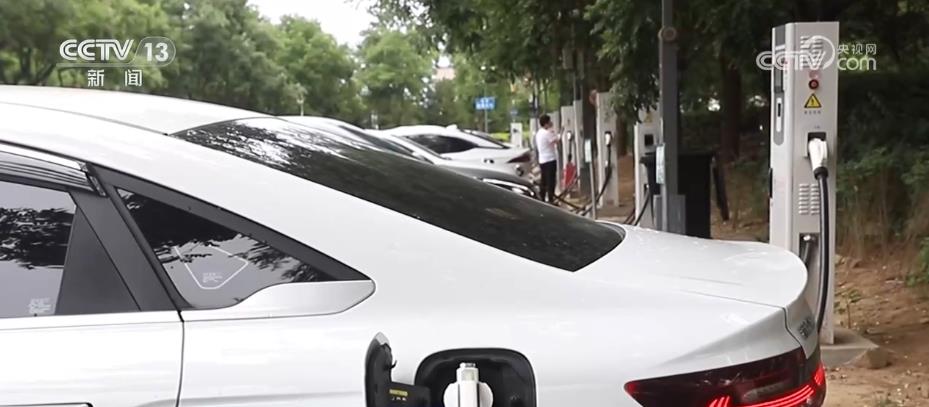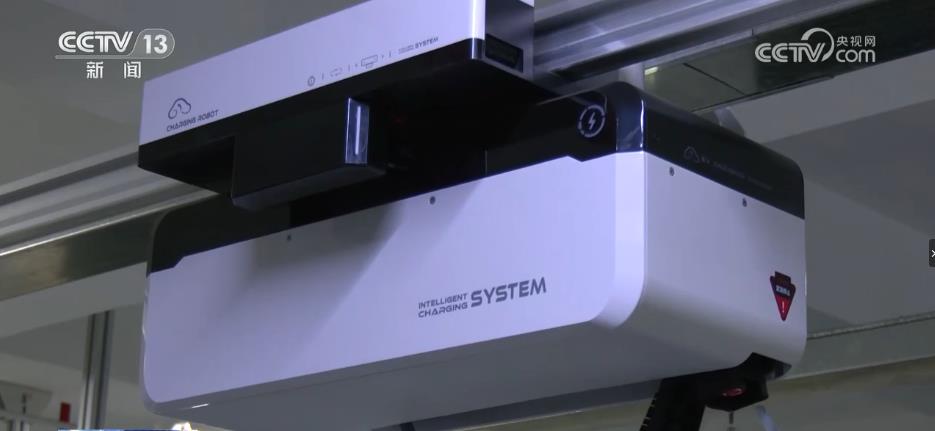CCTV News: With the rapid development of the new energy vehicle industry in 2023, there is a large demand for charging infrastructure from consumers, which also drives the charging infrastructure system to develop towards a wider distribution, denser layout, and more comprehensive category. At present, charging service outlets have become increasingly dense from urban to rural areas.

At noon, Mr. Kong, the owner of Changzhou, Jiangsu, was charging his vehicle at the Fangmao Mountain service area of the Shanghai Chengdu Expressway.
Jiangsu is one of the first provinces in China to achieve full coverage of charging facilities in high-speed service areas. At present, there are over 900 charging stations built in 205 service areas of Jiangsu Expressway. From January to June 2023, the charging capacity reached 42.81 million kilowatt hours, a year-on-year increase of 265%.

Not only is the further improvement of charging equipment on highways, but the construction of charging networks in urban residential areas is also being accelerated. In Qingdao, Shandong Province, currently, the charging and swapping power stations that have been put into operation are among the top in terms of scale and charging capacity in Shandong Province.

Master Jiang opened the mobile app and found over 20 charging stations within 5 kilometers. Master Jiang told reporters that the number of charging stations in Qingdao is increasing rapidly, with a particularly high density in urban areas. He can always find charging stations within 5 minutes.

In rural areas, the construction of charging facilities is also accelerating. In Yancheng, Jiangsu, the local government is promoting the construction of 100% charging facilities for newly built parking spaces in townships.

In the first half of 2023, State Grid Zhejiang Electric Power put 1835 charging stations and 11700 charging stations into operation in rural areas. By moderately reserving the power supply carrying capacity of charging facilities in advance, it ensured that charging facilities were "immediately available".
New technology makes charging more efficient and low-carbon
In order to solve the problem of difficult charging for new energy vehicle owners, a number of new technologies and models have emerged.

This shared charging mode has changed the previous "car search for piles" to the current "pile search for cars", greatly improving charging operation efficiency and charging service experience, and reducing investment costs by about 20% compared to the traditional mode.

In addition to making the pile "move", many places are also exploring new modes of "wireless charging", allowing car owners to free their hands from "senseless" charging. In this newly put into operation smart charging station on Deng Wei Road in Suzhou High tech Zone, an electric vehicle is undergoing wireless charging, which is simpler and more convenient without the need for the owner to manually plug and unplug the charging gun.

In villages and towns with abundant photovoltaic resources, using grid technology to build a "microgrid" has become a new demonstration of electric vehicle charging stations in villages and towns. In Zhenjiang, Jiangsu, the local power supply department has collaborated with enterprises to build an integrated "microgrid" of "photovoltaic storage and charging", which not only facilitates the charging of new energy vehicles by surrounding residents, but also promotes the local consumption of photovoltaic power generation. According to calculations, after the equipment is put into operation, the overall energy efficiency in the "microgrid" area can be improved by more than 6%.



.png)



.png)
